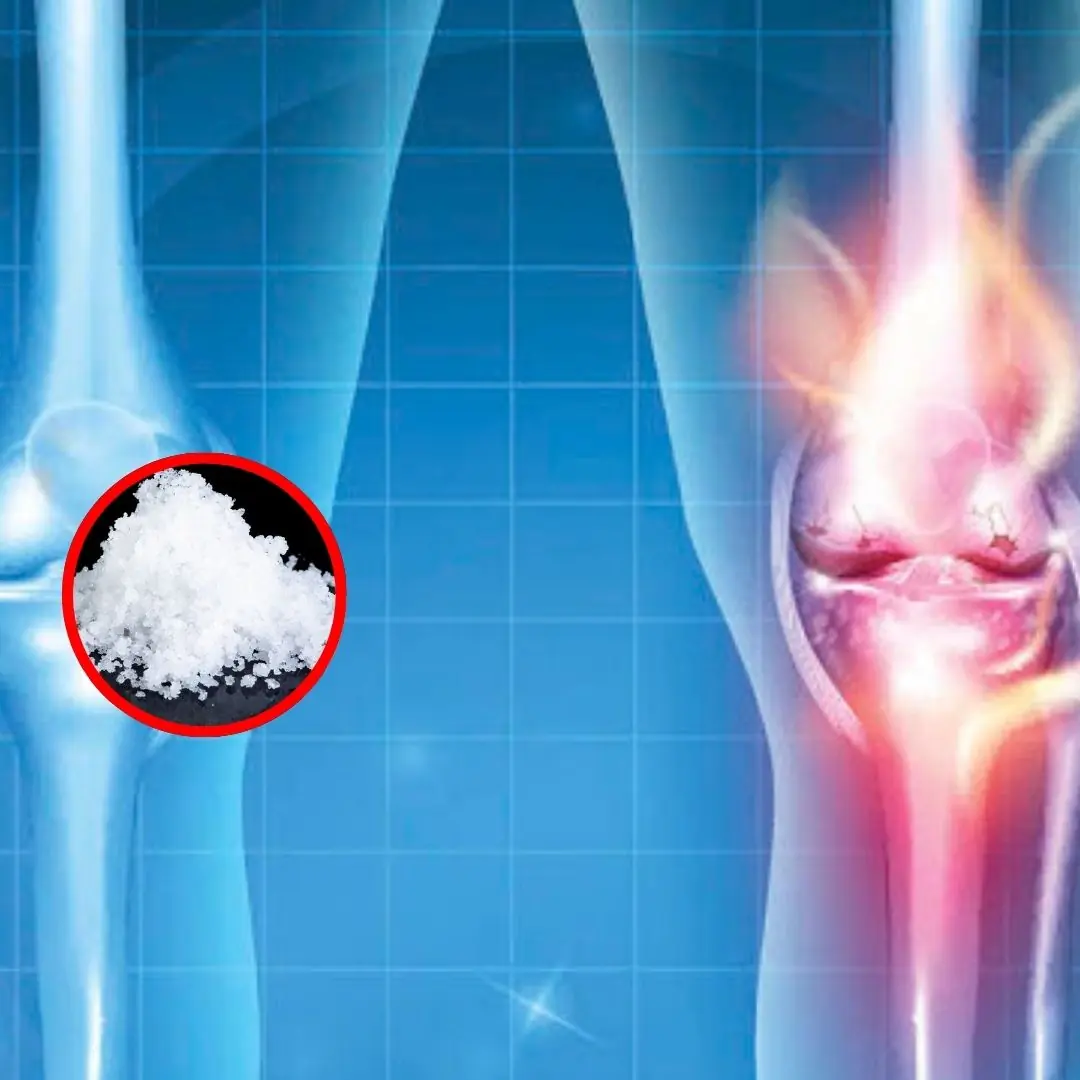
Smart people often keep a bottle of essential oil in the bathroom. Knowing the benefits, you will want to learn it right away.
Keeping a bottle of essential oil in the bathroom will help you solve many problems.
Benefits of keeping essential oil in the bathroom
Essential oil is a product that is often available in every family's medicine cabinet. It is often used to treat itching caused by insect bites, joint pain, headaches, etc. The main ingredients of essential oil are essential oils such as peppermint, eucalyptus, cinnamon, basil, tea tree, etc.
You can keep a bottle of essential oil in the bathroom to solve many problems.
The toilet is a damp place, often has an unpleasant smell and easily attracts insects. Even if you clean it regularly, you still cannot avoid this situation in the toilet. To solve the problem of bad smell and repel insects, the simplest way is to use essential oils.
You can take a small bottle of essential oils and drop a few drops in the corner of the toilet or open the cap of the bottle of essential oils and place it in a corner of the toilet. The scent of essential oils spread around will help eliminate the unpleasant musty smell and at the same time repel harmful insects.
Leaving a bottle of essential oil in the bathroom brings many wonderful benefits.
Leaving a bottle of essential oil in the bathroom brings many wonderful benefits.
To avoid spilling the bottle of essential oil, you can drop a few drops of essential oil on a piece of cloth or a towel and hang it up.
Note that essential oil has a distinctive smell, so not everyone likes this smell. You should consider before using it.
If you don't want the scent of essential oil to linger too long, you should only drop a few drops in the corner of the bathroom or drop a few drops on the core of the toilet paper roll.

Deodorize the toilet with essential oils and white vinegar
The combination of essential oils and white vinegar will help eliminate odors in the toilet very well.
You need to pour about 200ml of white vinegar into a spray bottle, add 200ml of water and 15 drops of essential oils. Cover the bottle and shake well to dissolve the substances.
Spray the prepared mixture on the toilet surface and around the toilet. Use a brush to clean the dirt and rinse with clean water. The odor and dirt in the toilet will disappear. You can spray the solution again and let it evaporate to help keep the toilet clean and odorless. In addition, you can use this solution to spray into the trash can to both eliminate odors and prevent insects from breeding and developing.
News in the same category


How to Fix a Weak Toilet Flush at Home - No Technician Needed

This small fridge button can significantly cut your electricity bill

How to Tell Real Baby Formula from Fake: What Every Parent Needs to Know

Smart tips to get rid of cockroaches and maintain a clean, fresh home

Your phone’s volume buttons can do more than you think - Here are 6 hidden tricks

Don’t throw away lemon peels - Turn them into a powerful, natural cleaning solution for your home

If your partner leaves a clothespin on your shower head, make sure you know what it means

Tips for Freezing Fish So It Stays Fresh, Firm, and Flavorful for Up to a Month

Don’t throw them away yet: Surprising ways to reuse tomatoes you think are useless

Restore a non-stick pan with milk instead of throwing it away

Two types of pork that look very fresh and delicious but should absolutely not be bought — sellers rarely reveal this

Hang these leaves at your door and watch flies and mosquitoes disappear

Identifying Venomous vs. Non-Venomous Snakes

The surprising trick of sticking cloves into an onion

A Step Many Think Makes Chicken “Clean” Actually Does the Opposite: Experts Everywhere Say Stop Immediately

4 simple and effective tips to clean yellow sweat stains on white shirts at home that anyone can do it

Why many people place their suitcase in the bathtub right after checking into a hotel room

7 Beautiful, Fragrant Plants That Naturally Repel Mosquitoes

Plants That May Attract Snakes to Your Home: What You Should Know
News Post

Big belly doesn't always mean fat: How to distinguish between belly fat and liv.er dis.ease

Why do some people place a clove of garlic under their pillow before sleeping?

Headaches at these times warn of extremely dangerous diseases

Leaves available in home gardens are good for people with bone and joint problems

Why do many flight attendants bring a banana with them on flights?

If your legs cramp at night, you need to know this immediately

Garlic Butter Steak & Shrimp

Early signs of kid.ney dis.ease and How to protect your kid.neys

7 signs of can.cer that can appear in the morning

Ribeye Steak Bites and Cheesy Smashed Potatoes

Garlic Butter Shrimp with Sautéed Vegetables

Doctor reveals simple thumb test that can detect he.a.rt problems like 'ticking time b.o.m.b'

Mix white vinegar with fabric softener, solve many problems in the house, save money

Eating these 6 foods too often can slowly weaken your bones by depleting calcium

52-year-old man died of diabetes, doctor advised: 4 types of breakfast should be removed from the table

6-year-old son just woke up having a stroke, the doctor emphasizes 4 signs parents need to understand to save their child

Itching in 9 Areas: A Warning Sign of Malignant Tumors, Number 7 Is the Most Common

Surprising Causes Of Hives Revealed — What May Be Triggering Your Skin Reaction

Did You Know That Waking Up At 3 Or 4 In The Morning Is A Clear Sign Of…
